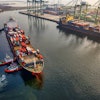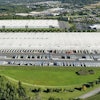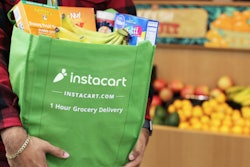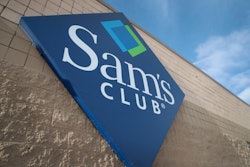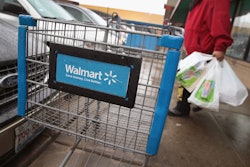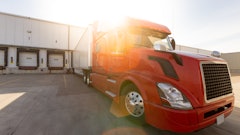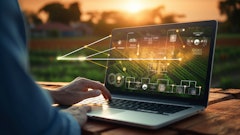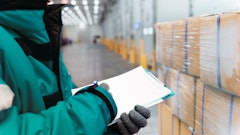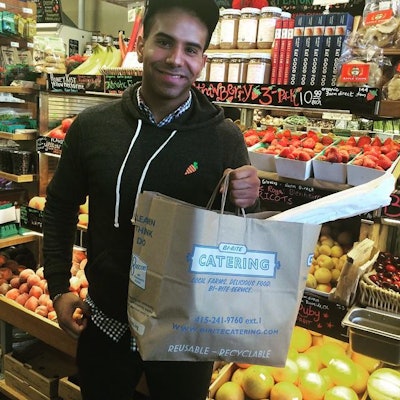
TechCrunch got an aisle-side view of how the company’s people and technology come together on location at Costco in San Francisco. One thing’s clear: The San Francisco startup has changed grocery stores for good.
According to the company’s chief of operations, Ravi Gupta, one of Instacart’s primary innovations isn’t all that high-tech. The startup secures exclusive lanes in grocery stores to which it sends a high volume of orders, and staffs them with a “CBT” (cashier-bagger-tagger).
Instacart’s shoppers — who pick up all the items that customers order online, then pay for and pack them before delivery — breeze through Instacart-only express lanes at stores like Costco, Whole Foods and regional groceries like Mollie Stone’s, Andronico’s or Bi-Rite in San Francisco.
Eventually, Instacart wants to offer a “bypass checkout” feature to its personal shoppers, and eventually to anyone who uses the Instacart app. This would let shoppers simply skip the register and instead scan and pay for items from their own phones, Gupta said.
For now, the dedicated lanes speed the process significantly for Instacart personal shoppers.
On a high-tech note, Instacart also obtains inventory and store layout data from major grocery chains with which it partners in order to create “aisle mapping.” Aisle maps guide shoppers to the specific items on their grocery lists. This helps them navigate to items quickly, without hunting around and staring at shelves stocked with an overwhelming number of packages and labels, searching for something they’ve possibly never purchased.
While Instacart hasn’t rolled out aisle mapping with all of its partners yet, the startup is expanding the initiative, Gupta said.
According to Instacart Shift Lead Gloria Shu, aisle mapping isn’t live at the Costco in San Francisco yet. But it’s just one of many key features in the Instacart app that’s used by shoppers and drivers, and not seen by consumers.
To read more, click here.
